Case

Case

Pipe flanges, their gaskets, and fasteners are collectively called flange joints.

Forged steel, WCB carbon steel, stainless steel, 316L, 316, 304L, 304, 321, chromium molybdenum steel, chromium molybdenum vanadium steel, molybdenum titanium, rubber lined, fluorine lined materials.
Flat welding flange, neck flange, butt welding flange, ring connection flange, socket flange, and blind plate, etc.
There are GB series (national standard), JB series (machinery department), HG series (chemical industry department), ASME B16.5 (American standard), BS4504 (British standard), DIN (German standard), JIS (Japanese standard).
There are two main international pipe flange standards, namely the European pipe flange system represented by German DIN (including the former Soviet Union) and the American pipe flange system represented by American ANSI pipe flanges.
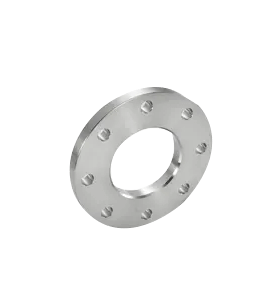
Plate flat welding flange (chemical standard HG20592, national standard GB/T9119, mechanical JB/T81).
Convenient to obtain materials, simple to manufacture, low cost and widely used
It has poor rigidity, so it cannot be used in chemical process piping systems with supply and demand, flammable, explosive and high vacuum requirements and in highly and extremely hazardous situations.
The sealing surface types include flat and raised surfaces.
Neck flat welding flange belongs to the national flange standard system. It is one of the manifestations of the national standard flange (also called GB flange) and is one of the flanges commonly used on equipment or pipelines.
On-site installation is more convenient, and the process of patting and rubbing the welds can be omitted.
The neck height of the flat-welded flange with neck is lower, which improves the stiffness and load-bearing capacity of the flange. Compared with butt welding flanges, the welding workload is large, the welding rod consumption is high, and it cannot withstand high temperature and pressure, repeated bending and temperature fluctuations.
Raised surface (RF), concave surface (FM), convex surface (M), tenon surface (T), groove surface (G), full plane (FF).
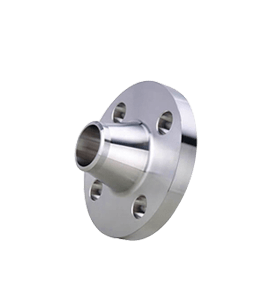
The connection is not easy to deform, the sealing effect is good, and it is widely used. It is suitable for pipelines with large fluctuations in temperature or pressure or pipelines with high temperature, high pressure and low temperature. It is also used for pipelines transporting expensive media, flammable and explosive media, and toxic gases.
The necked butt welding flange is bulky, heavy, expensive, and difficult to install and position. Therefore, it is more likely to be bumped during transportation.
Socket welding flange is a flange with one end welded to the steel pipe and the other end connected with bolts.
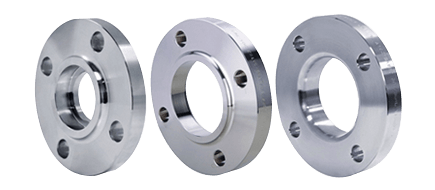
Raised surface (RF), concave and convex surface (MFM), tongue and groove surface (TG), ring connection surface (RJ)
Boiler and pressure vessel, petroleum, chemical industry, shipbuilding, pharmaceutical, metallurgy, machinery, stamping elbow, food and other industries.
Commonly used in pipelines with PN≤10.0MPa and DN≤40.
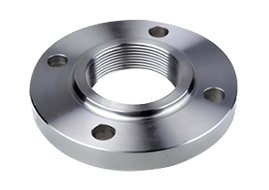
Threaded flange is a non-welded flange that processes the inner hole of the flange into pipe threads and connects it with threaded pipes.
Compared with flat welding flanges or butt welding flanges, threaded flanges are easier to install and maintain, and can be used on some pipelines where welding is not allowed on site. Alloy steel flanges have sufficient strength, but are not easy to weld, or have poor welding performance. Threaded flanges can also be selected.
It is recommended not to use threaded flanges to avoid leakage when the pipe temperature changes rapidly or when the temperature is higher than 260°C and lower than -45°C.
Butt welding ring loose sleeve flange is a movable flange piece, which is usually matched with water supply and drainage fittings. When the manufacturer leaves the factory, there is a flange at both ends of the expansion joint, which is directly connected with the pipelines and equipment in the project with bolts.
The purpose of using a butt welding ring loose flange is generally to save materials. Its structure is divided into two parts. One end of the pipe part is connected to the pipe, and the other end is made into a butt welding ring. The flange is made of low-grade materials, while the pipe part is made of the same material as the pipe to save material.
① Save costs. When the pipe material is special and expensive, the cost of welding flanges of the same material is high.
② It is not easy to weld or process or requires high strength. Such as plastic pipes, fiberglass pipes, etc.
③ Easy to construct. For example, it is difficult to align the flange bolt holes when connecting or prevent the flange bolt holes from changing when replacing equipment in the future.
The flat welding ring loose flange is a movable flange piece. Directly connect with the pipelines and equipment in the project with bolts.
The purpose of using a flat welding ring loose flange is generally to save materials. Its structure is divided into two parts. One end of the pipe part is connected to the pipe, one end is made into a flange, and the flange part is placed on the flange.
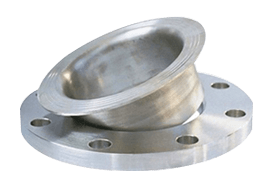
① It is convenient for welding or processing or requires high strength, such as plastic pipes, glass fiber reinforced plastic pipes, etc.
② It is convenient for construction. For example, the flange bolt holes should be aligned when connecting to facilitate alignment or prevent the flange bolt holes from changing when equipment is replaced in the future.
③ When the price is high, save money. When the pipe material is special, the cost of welding flanges of the same material is high.
Flange cover is also called blind flange and blind plate. It is a flange without a hole in the middle, used to seal pipe plugs.
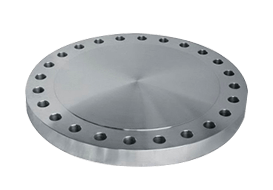
The function is the same as that of welded heads and threaded pipe caps, except that the blind flange and threaded pipe caps can be removed at any time, but the welded heads cannot.
Flat surface (FF), raised surface (RF), concave and convex surface (MFM), tongue and groove surface (TG), ring connection surface (RJ).